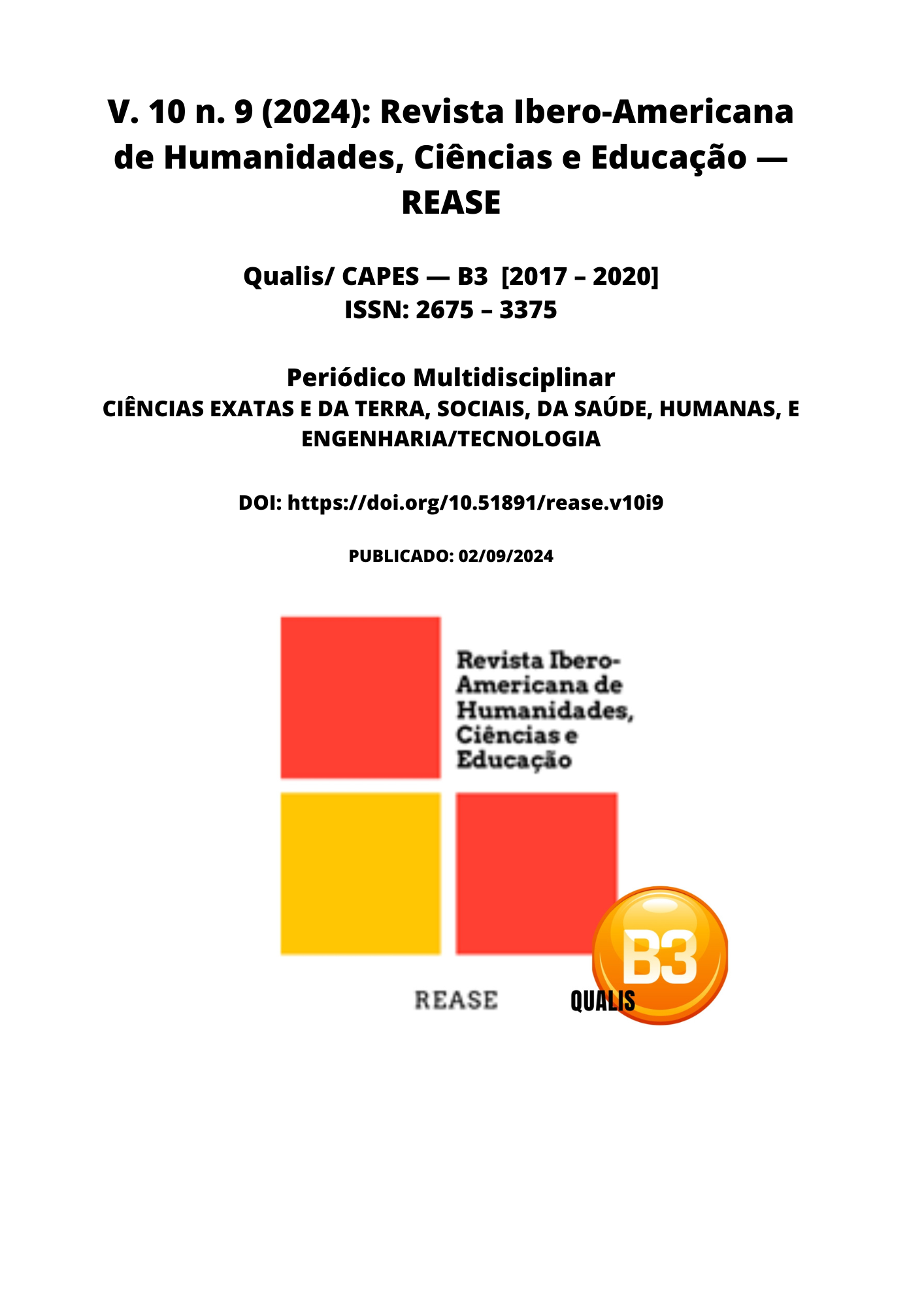EPIDEMIOLOGICAL PROFILE OF POISONINGS DUE TO SUBSTANCE ABUSE IN FIVE BRAZILIAN CAPITALS (2019-2023),
DOI:
https://doi.org/10.51891/rease.v10i9.15667Keywords:
Epidemiology. Poisoning. Recreational drugs. Metropolis. Brazil.Abstract
Introduction: Substance abuse can be defined as the misuse of substances that are addictive and can lead to exogenous poisoning. The rise of poisoning cases is a challenge for the Brazilian public health system, especially in metropolises. Therefore, this research helps one to comprehend the epidemiological aspects, addressing related topics such as prevention and treatments. It is also based on the Goal 3.5 of the United Nation’s 2030 Agenda. Aim: To investigate the epidemiological profile of the poisonings due to substance abuse in the five most densely populated Brazilian capitals between the years 2019 and 2023. Methods: An ecological, descriptive, cross-sectional study. The population includes cases of poisoning by recreational drugs as found in SINAN of DATASUS in São Paulo, Rio de Janeiro, Brasília, Fortaleza, and Salvador. The covariates considered include region, age group, sex, race, circumstance, final classification, and outcome. Cases with insufficient data were excluded. The analysis was conducted using Microsoft Excel v.2016, and included the calculation of incidence and frequencies of the covariates. A Prais-Winsten model will be used to analyze temporal trends. Results and Discussion: In Brazil, drug abuse poisoning mainly affects men (74%), between 20 and 39 years of age (55%), with some level of education (99%). In Rio de Janeiro, there are more cases in women (39%), and in Brasília, young people aged 15 to 19 years predominate (56%). Single acute exposure is the most frequent, except in Brasília and Salvador, where it is repeated acute. The most common circumstance is abuse, especially in São Paulo (88.9%). Poisoning is the most frequent final classification, especially in São Paulo (92.8%). Cure without sequelae is common (91%), being more frequent in Salvador (97%) and less in Fortaleza (85%). Cure with sequelae is more common in São Paulo (6%) and less in Salvador (1%). Death due to poisoning is more frequent in Fortaleza (9.7%), above the national average (1.6%). Conclusion: The study revealed that drug poisoning is a significant public health problem in the five Brazilian capitals analyzed, with important variations in incidence patterns and demographic characteristics. Young men are the most affected, but there are regional variations, such as the higher proportion of cases among women in Rio de Janeiro and among young people in Brasília. Acute exposures are predominant, and most cases result in recovery without sequelae, although Fortaleza stands out negatively with a high death rate. These findings highlight the need for more targeted prevention and treatment strategies, taking into account regional and sociodemographic specificities to improve health outcomes and align with the goals of the UN 2030 Agenda.
Downloads
Downloads
Published
How to Cite
Issue
Section
Categories
License
Atribuição CC BY

